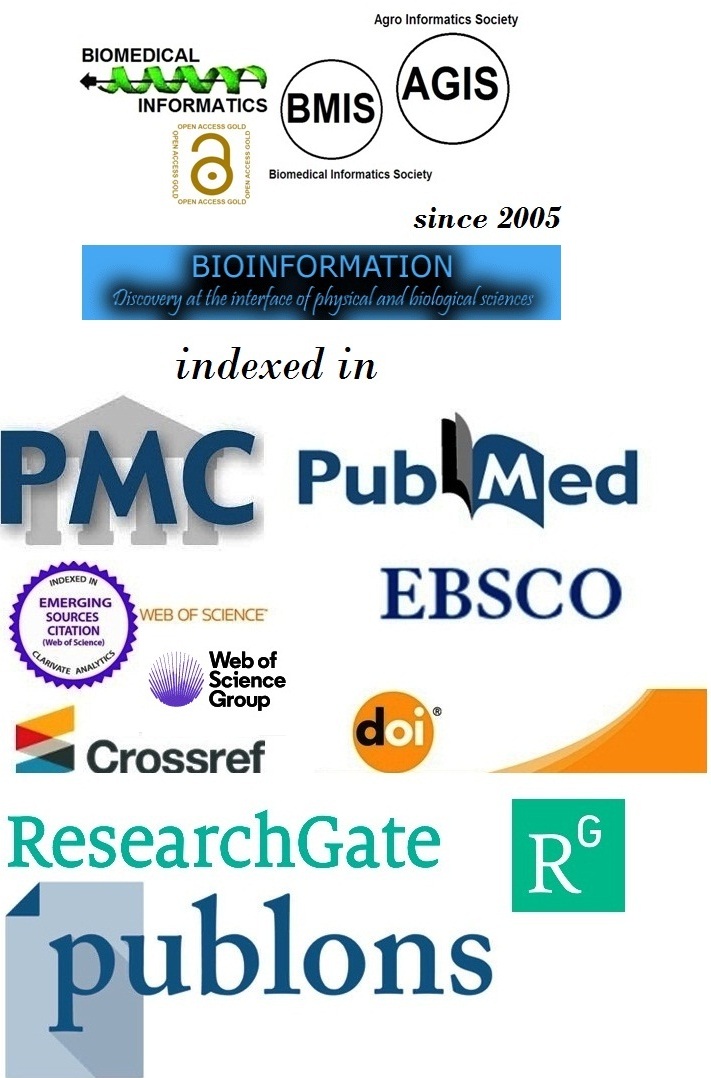Title
Molecular docking analysis of fluoroquinolones and other natural and synthetic compounds with the HCV NS3 helicase
Authors
AhteshamUl Haq1,#, Alisalman Sheikh2,#, Sadaf Naeem1, Syed Hani Abidi2,#,*
Affiliation
1Department of Biochemistry, University of Karachi, Karachi-Pakistan; 2Department of Biological and Biomedical Sciences, Aga Khan University, Karachi-Pakistan; *Corresponding author
Ahtesham Naeem - E-mail:Ahtesham_10@hotmail.com
Alisalman Sheikh - E-mail:ali.sheikh2@scholar.aku.edu
Sadaf Naeem - E-mail:sadafnaeem_4@yahoo.com
Syed Hani Abidi - E-mail: m.haniabidi@gmail.com
Article Type
Research Article
Date
Received December 8, 2021; Revised March 7, 2022; Accepted March 31, 2022, Published March 31, 2022
Abstract
It is of an interest to document the molecular docking analysis of fluoroquinolones and other natural and synthetic compounds with the HCV NS3 helicase. Data shows that three fluoroquinolones interacted with the NS3 helicase in the catalytic region, targeting some of the amino acids known to play a crucial role in NS3 helicase activity. Similarly, binding energy shows that the fluoroquinolones were comparable to the thiazolpiperazinyl derivatives, while superior to several of the synthetic and natural derivatives. The results show three fluoroquinolones to be potent helicase inhibitors that can be repurposed as supplemental therapy against HCV especially in cases non-responsive to DAAAs.
Keywords
HCV; NS3 helicase; antiviral activity; fluoroquinolones
Citation
Ul Haq et al. Bioinformation 18(3): 147-154 (2022)
Edited by
P Kangueane
ISSN
0973-2063
Publisher
License
This is an Open Access article which permits unrestricted use, distribution, and reproduction in any medium, provided the original work is properly credited. This is distributed under the terms of the Creative Commons Attribution License.
